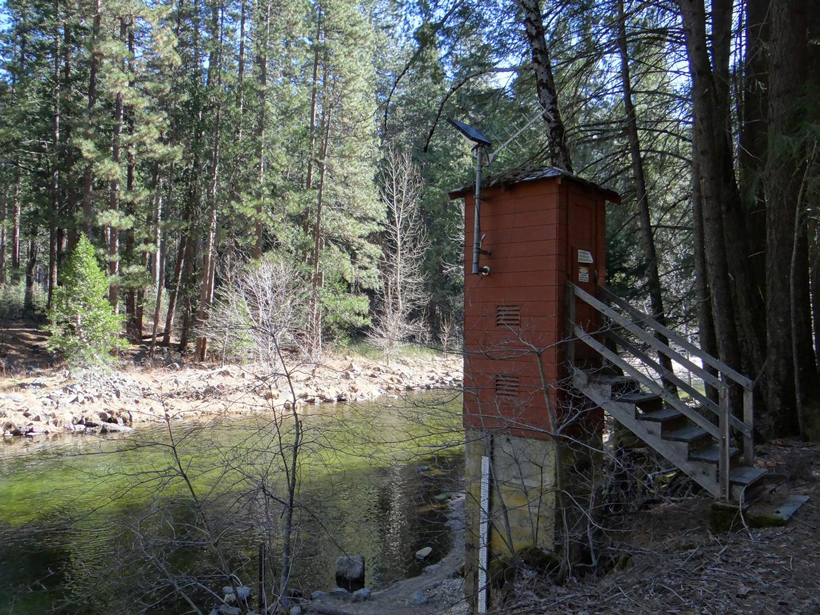Source: Water Resources Research
We might not always think about it, but the water that quenches our thirst, flushes away our waste, waters our lawns—and so much more—first flows through a complex system designed to be as efficient, sustainable, and useful as possible. To manage water resources effectively, urban planners must have the best available data.
These days, satellites can provide a wealth of hydrologic data by remotely sensing conditions on Earth’s surface. However, this technology has not yet replaced data collected on the ground using rain and stream gauges. Although data from ground-based sensors cover much smaller areas, they are often highly accurate and can be used to verify satellite data.
The World Meteorological Organization has provided a set of brief guidelines for the minimum number of stations needed to prevent ground-based hydrologic data collection from the most serious gaps. In a new study, Keum and Coulibaly expand upon these guidelines in a major way by developing an algorithm that determines the optimal locations of rain and stream gauges simultaneously, in part to help preserve a shrinking pool of available funds for science worldwide.
In nature, rainfall has a major impact on the amount of water flowing in a stream at a given point in time, known as streamflow. However, these measurements are often considered independent of one another. To more accurately reflect the natural environment, the team’s algorithm seamlessly bridges the gap between the two monitoring networks.
The researchers also developed a theoretical framework to better examine each set of data and to precisely understand the information that the rain gauge data are providing about streamflow.
This study is a major leap forward for the field of hydrology, as it will allow scientists to identify the most needed rain and stream gauges and pinpoint where additional gauges should be added. This information will help optimize funds and lead to more effective water resources management. (Water Resources Research, https://doi.org/10.1002/2016WR019981, 2017)
—Sarah Witman, Freelance Writer
Citation:
Witman, S. (2017), Improving water resources management from the ground up, Eos, 98, https://doi.org/10.1029/2017EO079289. Published on 15 August 2017.
Text © 2017. The authors. CC BY-NC-ND 3.0
Except where otherwise noted, images are subject to copyright. Any reuse without express permission from the copyright owner is prohibited.

